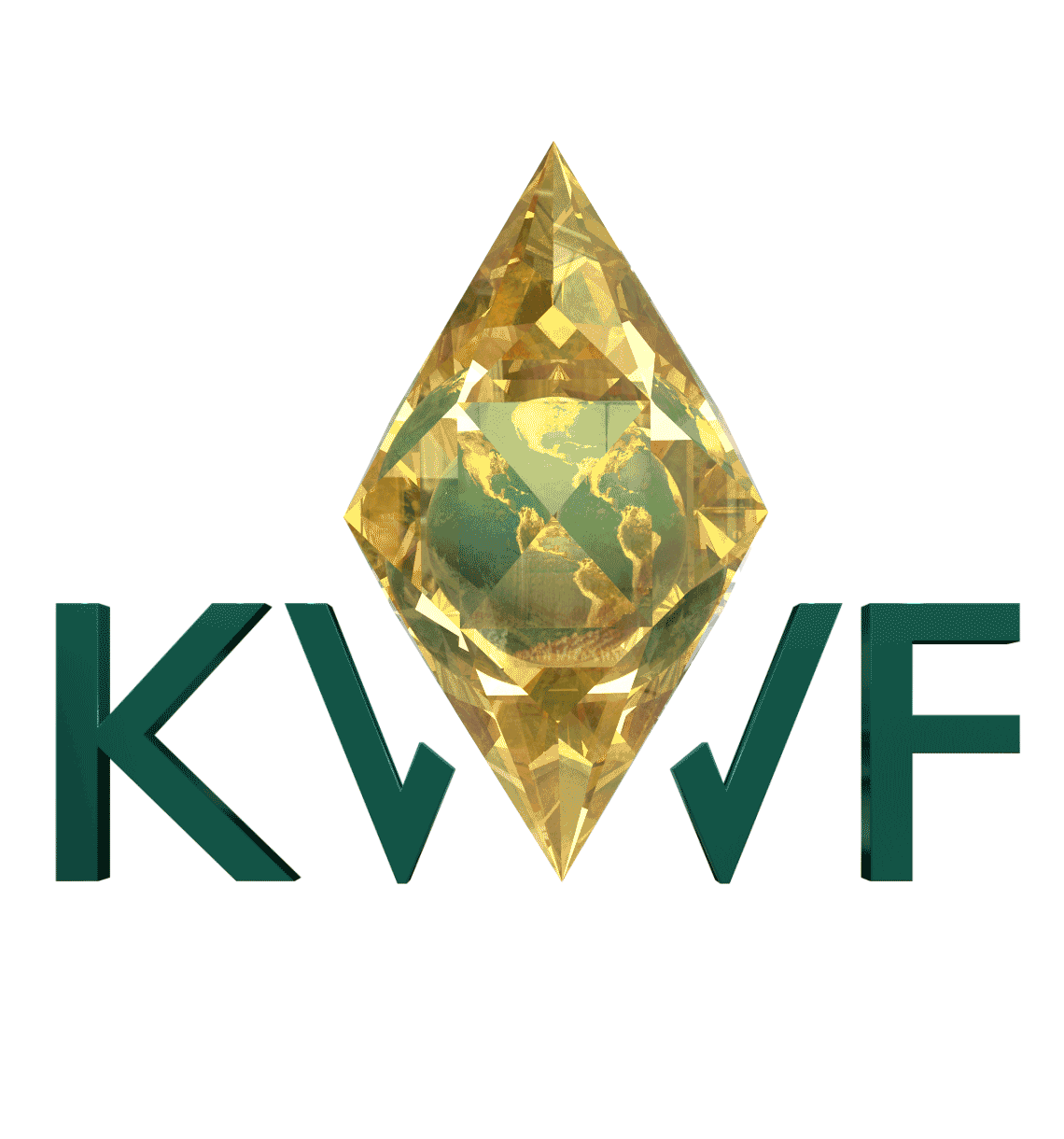

Wildlife Conservation UAV Challenge
Over 150 Wildlife Conservation UAV Challenge teams from six continents competed and collaborated to design and develop drones that emphasized the integration of sensors, embedded systems, and communications in a robust and high endurance aircraft to counter poaching of endangered rhinos and elephants in South Africa.
In 2013, Kashmir-Robotics launched the Worldwide Wildlife Conservation Unmanned Aerial Vehicle (UAV) Challenge to foster innovation and invention in the design, fabrication, and utilization of unmanned aircraft to assist with counter poaching of endangered species. The teams competing in the Wildlife Conservation UAV Challenge were asked to design a low cost drone that can be deployed over the rugged terrain of Kruger, equipped with sensors able to detect and locate poachers, and communications able to relay accurate and timely intelligence to Park Rangers. UAVs that governments use in warfare might provide some of these capabilities, but Kruger does not have the runways, crews, maintenance facilities, and billions of dollars needed for such operations. The Challenge is to design aircraft that can be launched in the bush, operate for hours over the rugged terrain, detect and locate poachers, communicate over existing commercial infrastructures, and recover in the bush -- all for under $3,000. The Wildlife Conservation UAV Challenge challenged the world to develop unmanned aircraft able fight day and night, independent of weather, and with a degree of autonomy well beyond that of military aircraft. Rhino and elephant poachers are members of organized criminal networks, armed, trained, and ready for rigors of night fighting in the tough terrain of the African Bush. With about 400 rangers to patrol all of Kruger National Park, they need aircraft that are tough, reliable, easy to repair, and able to perform their mission with relatively little human assistance. Current military UAVs require more personnel for operation than manned aircraft. Achieving a breakthrough in level of autonomy while driving costs down, requires leveraging new open source technology base, with sensors, processors, and communications developed for smart phones and other personal electronic devices; and it requires innovation and invention in design, fabrication, and operation of aircraft.
Project Numbers
200K
In the last decade, 200,000 elephants and rhinos are being brutally slaughtered for their tusks and horns to feed the $230 billion illegal black market trade.
50K
The wcUAVc brought people of diverse backgrounds together to stimulate innovation and invention worldwide to tackle counter-poaching crimes globally.
3
The challenge proved that no one drone is the right solution, but a fleet of fully autonomous fixed wing, multicopter, and VTOL aircraft are needed to detect, identify and deter poachers.
Project Gallery








